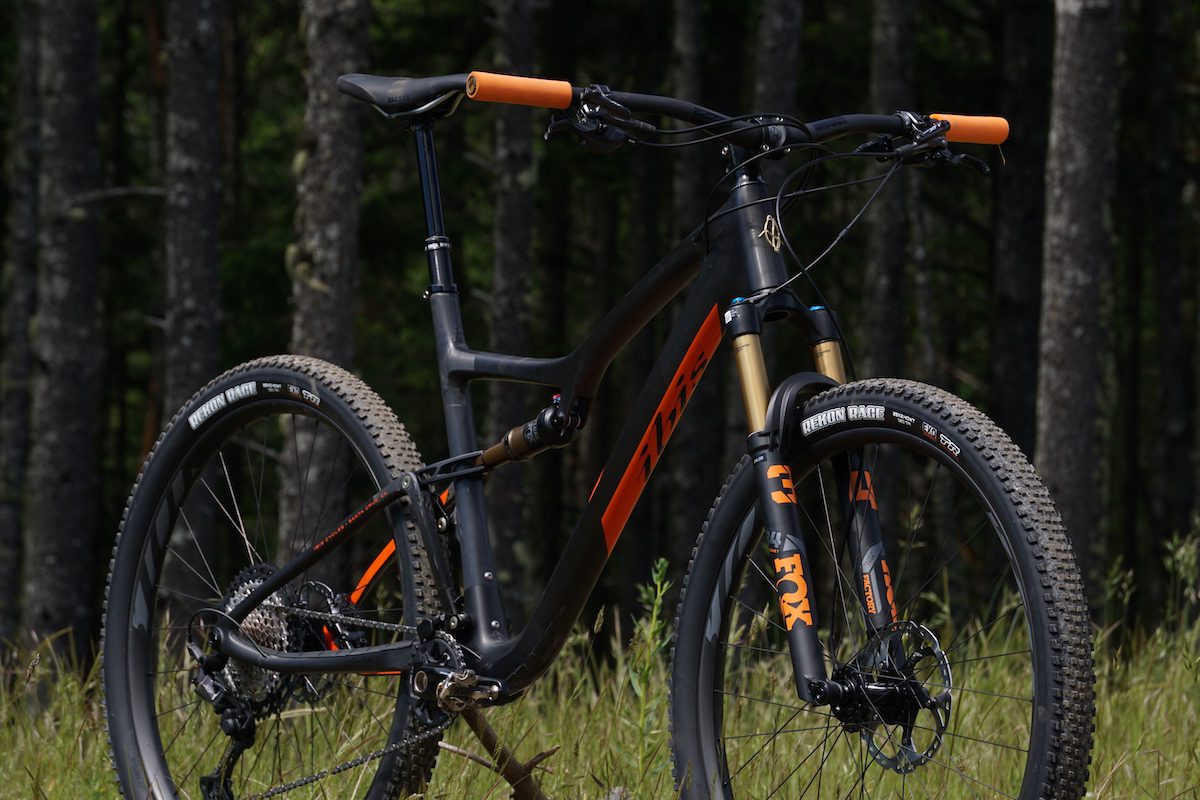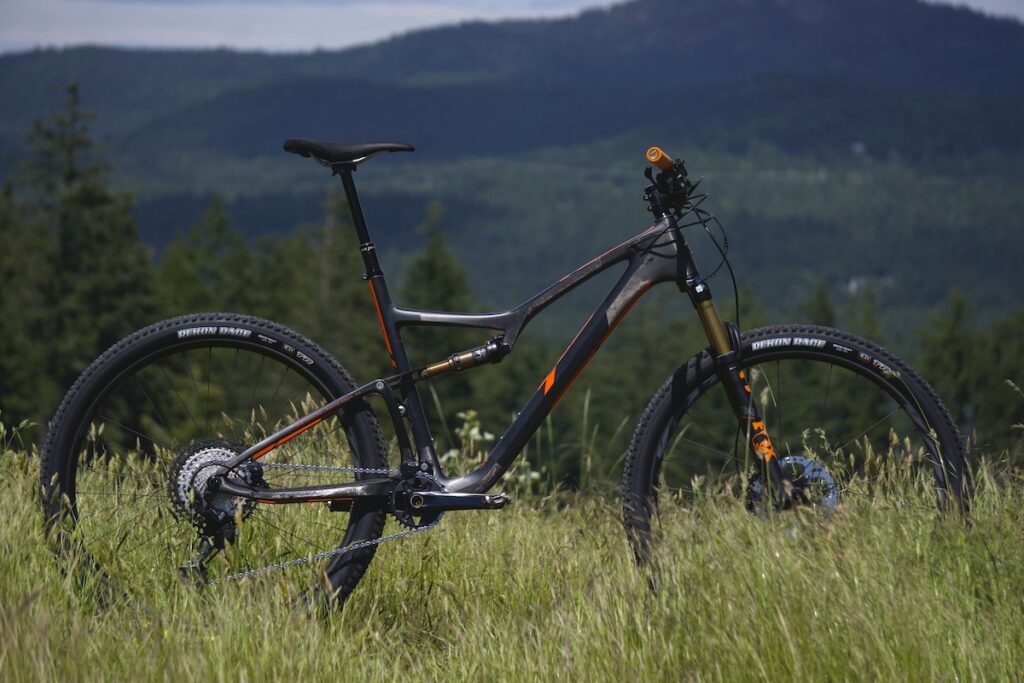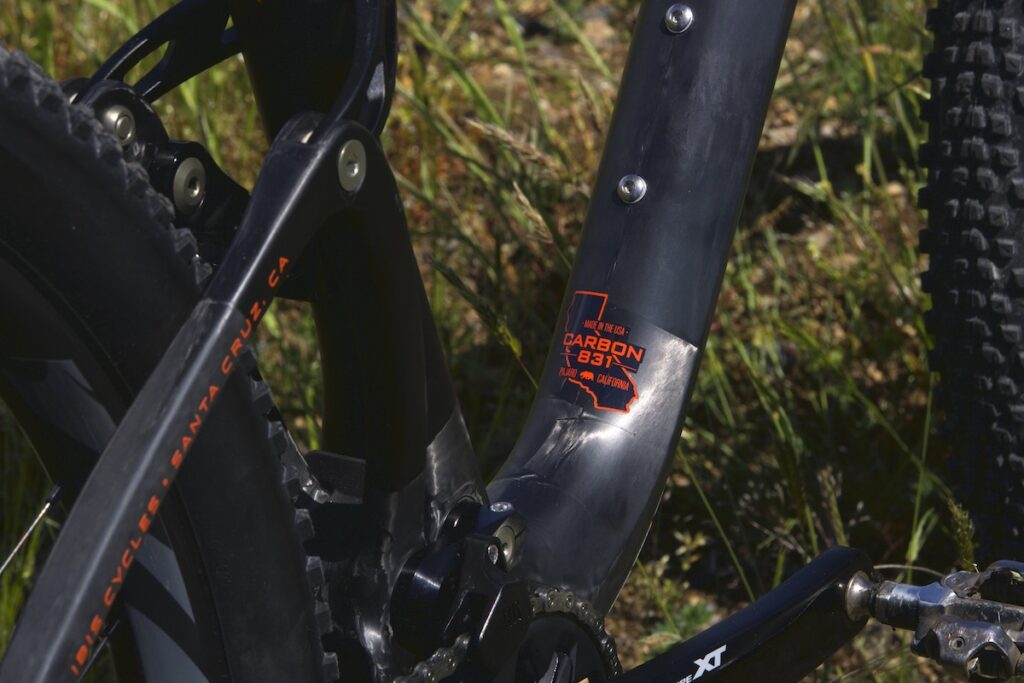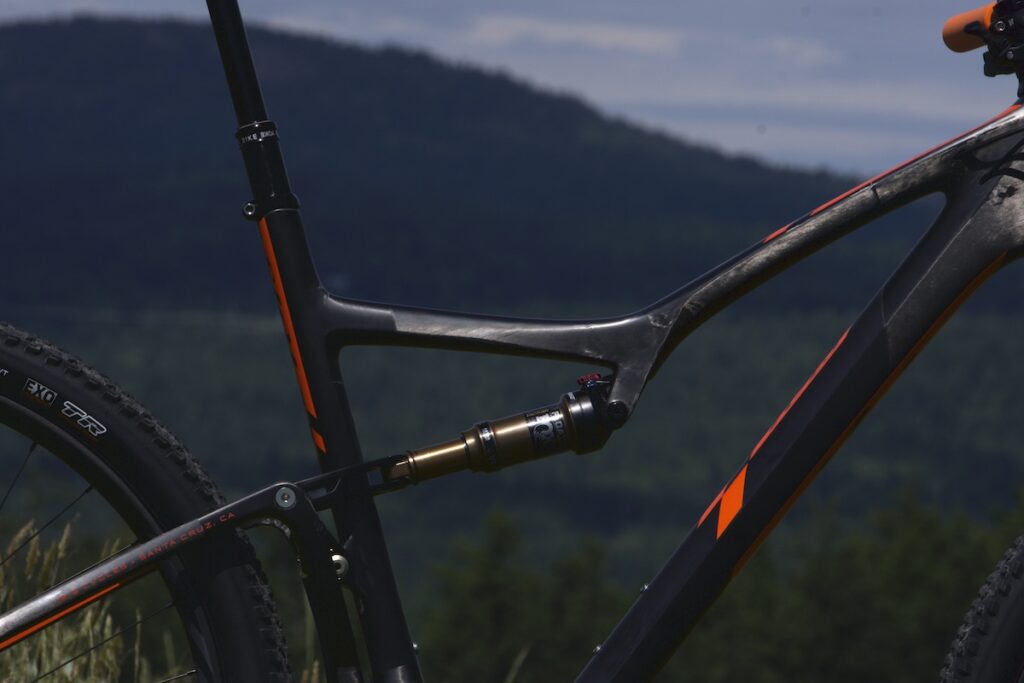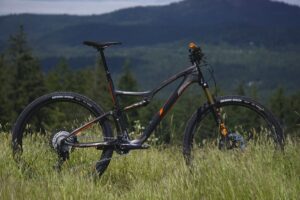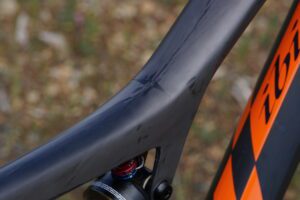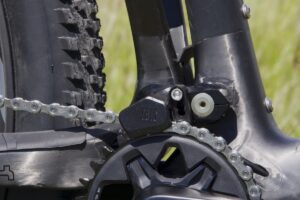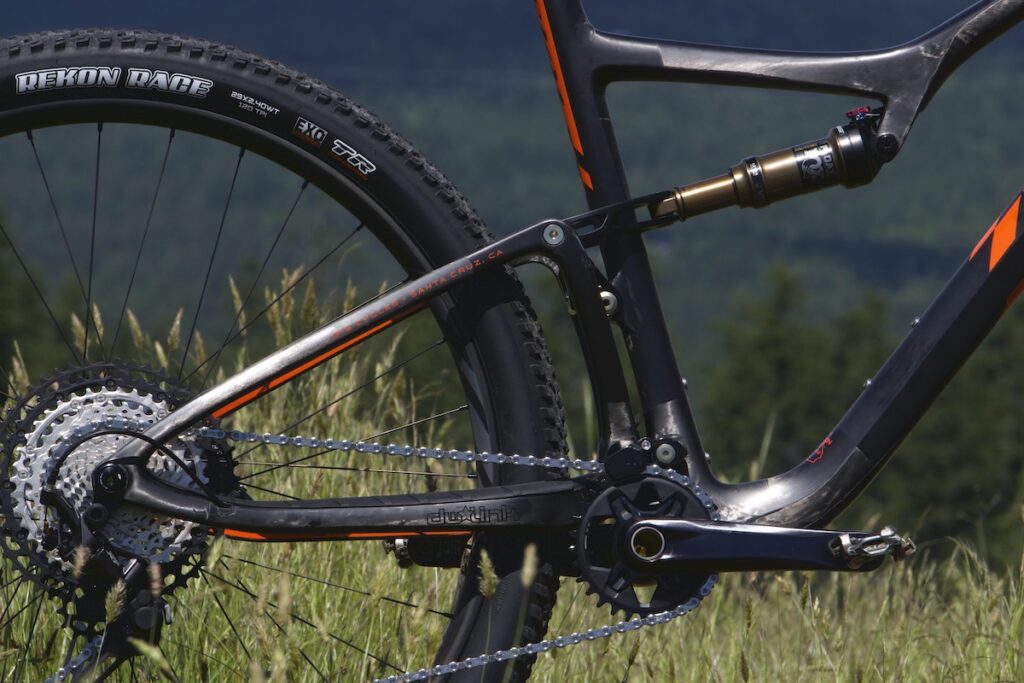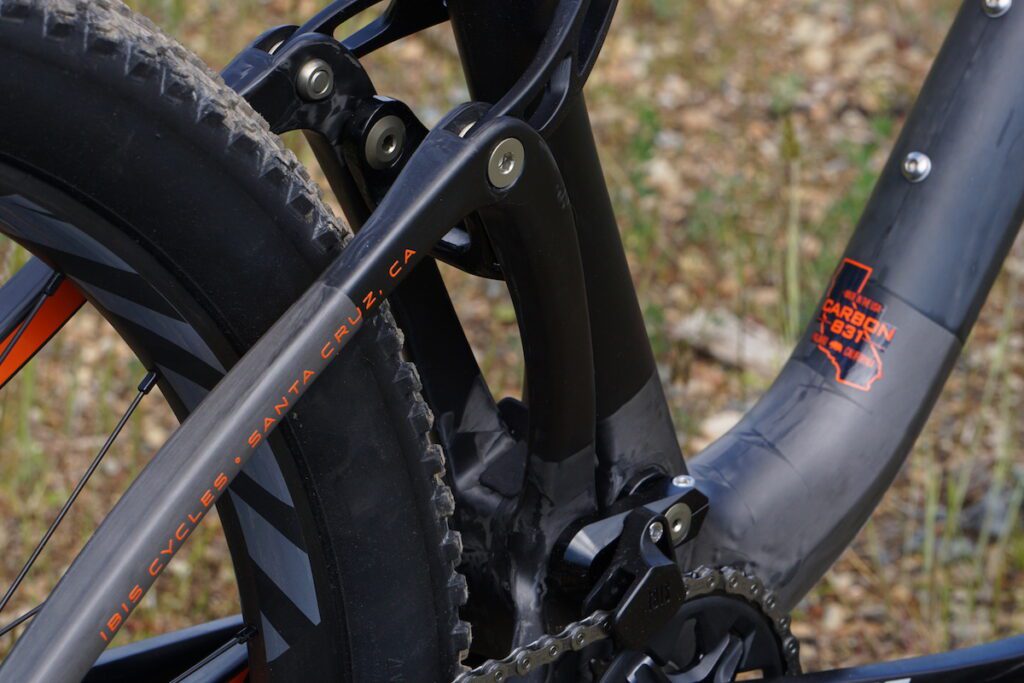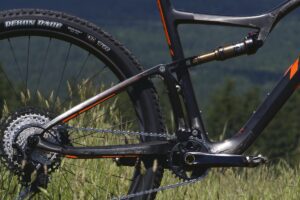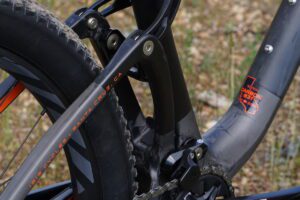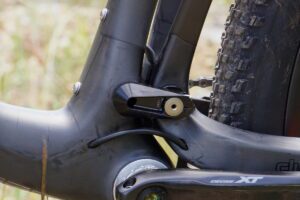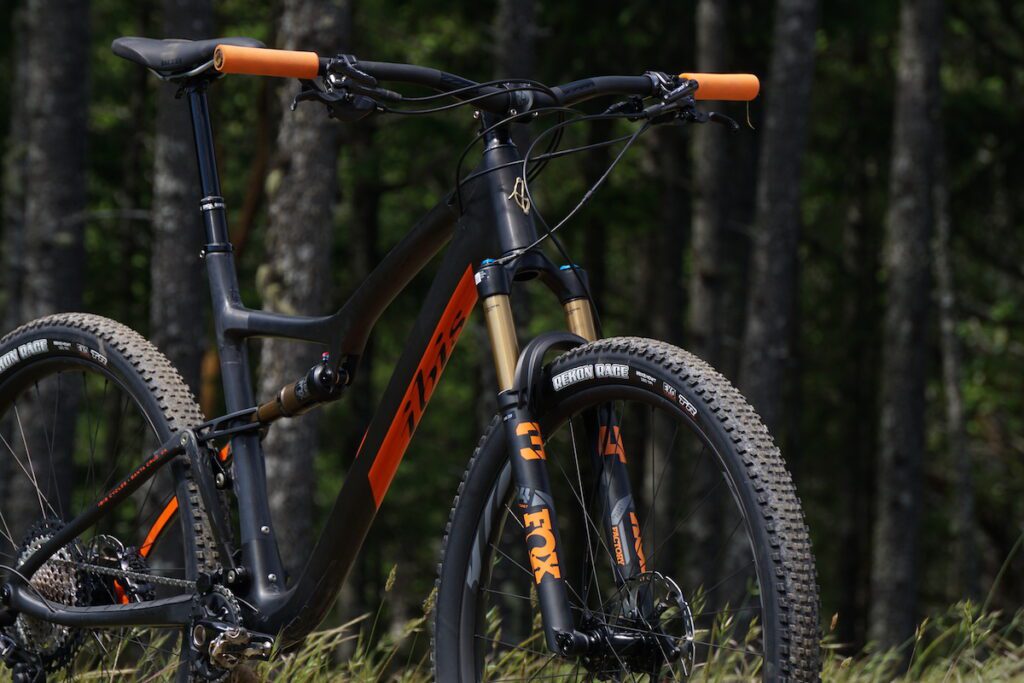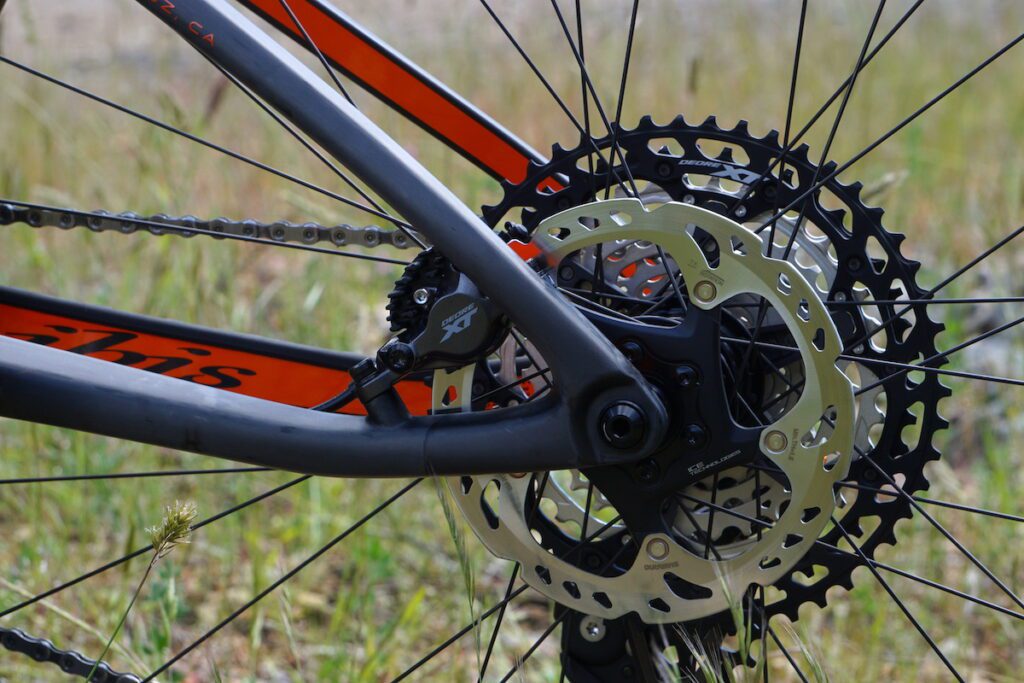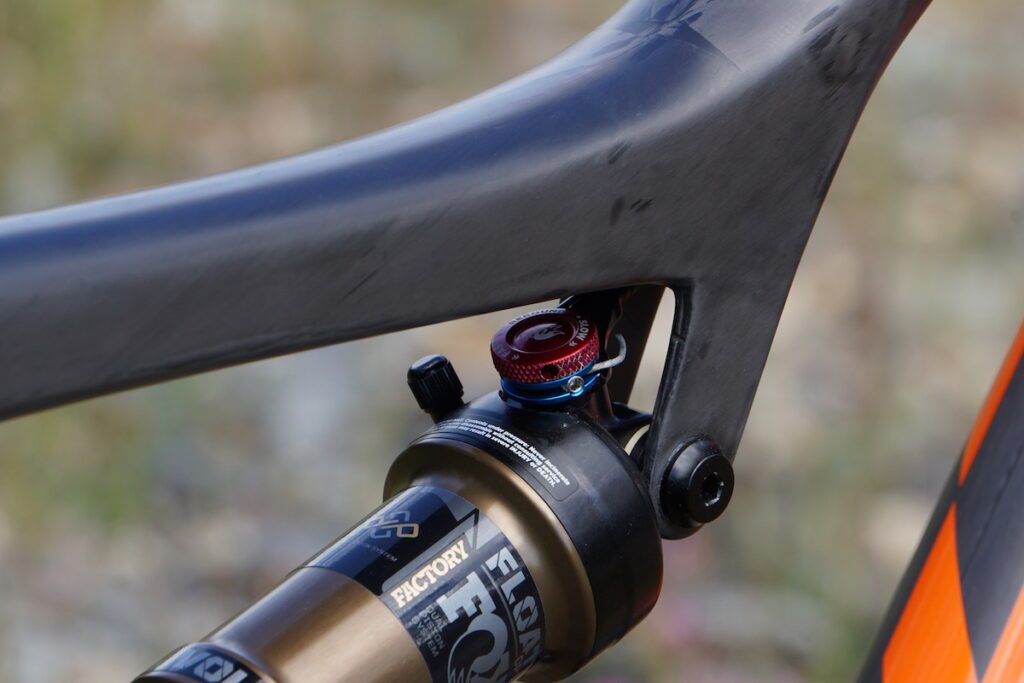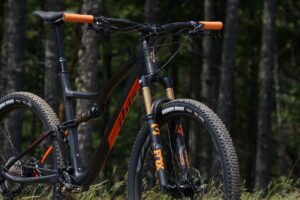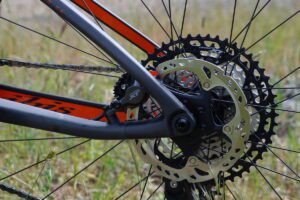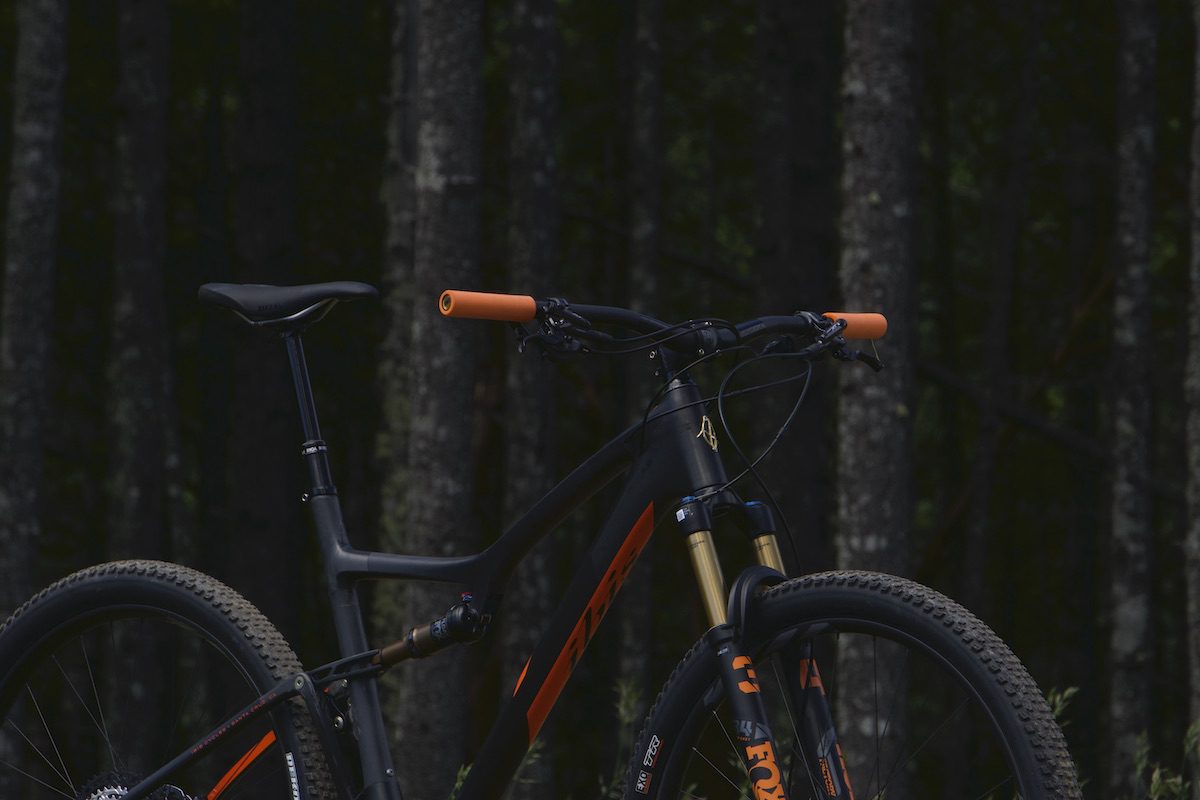Review: Ibis Exie elevates XC performance
DW-Link driven suspension makes fast fun
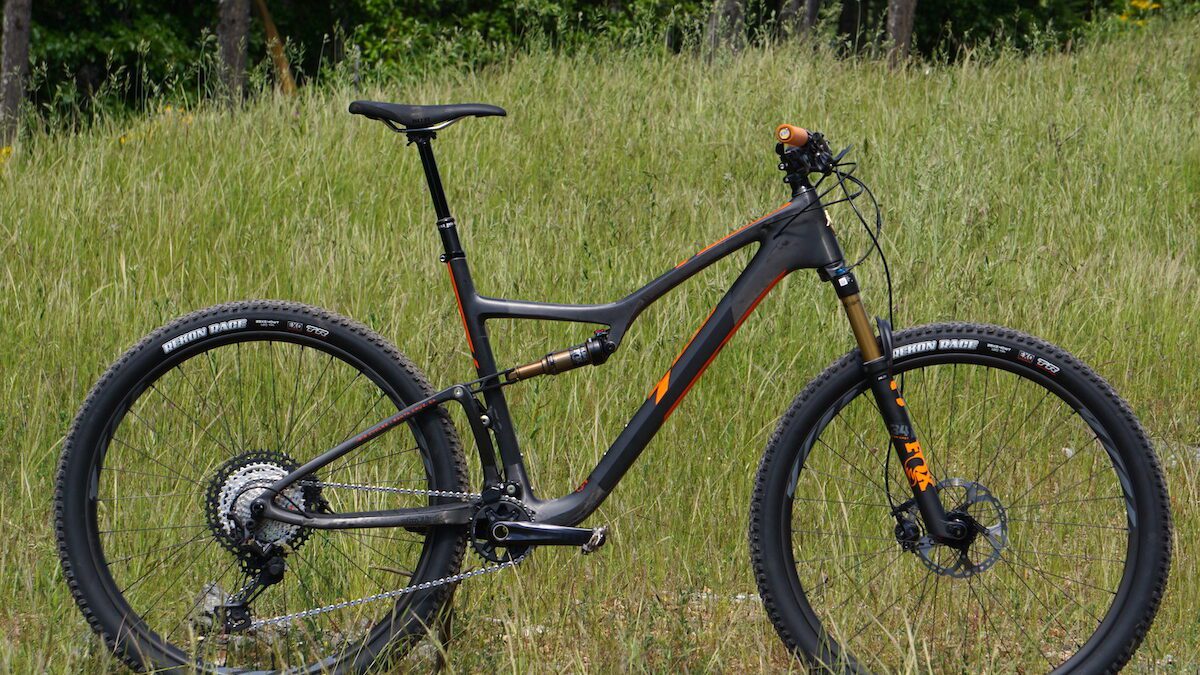
When Ibis released the Exie, there was a lot to get excited about. The carbon fibre frame is handmade in Ibis’ new, sustainably powered Santa Cruz, California headquarters. It takes the proven DW-Link suspension design and puts it to use on a 100-mm travel frame (120mm) fork. And the Exie just looks fast.
Sometimes high expectations can lead to an underwhelming experience in the woods. Over a couple of months of pushing Ibis’ new cross country race whip, exactly the opposite happened. The Exie is immediately impressive, both light and responsive but also stable. Over the entire test period, it continued to exceed my expectations for how a cross country race bike could, and should feel. Here’s more about the bike, and exactly how it sets such a high bar.
Ibis Exie: the bike
Ibis designed the Exie to meet the standards of World Cup racing and more aggressive cross country riding. It is light, with a sub-2,000 gram frame and it is efficient on the pedals. But Ibis also ends up making a bike that is very fun to ride hard and ride at the limits of XC bikes. The DW-Link suspension design, proven on longer-travel trail bikes, adds stability and predictability to the Exie’s 100-mm of rear wheel travel. The Exie ships with a 120-mm fork, though the frame can be used with a 100-mm fork for a more pure XC feel.
The Exie’s performance is helped along by solid geometry. The 67.2-degree head angle is reasonably slack for cross country. Size-specific seat tube angles, ranging from 73.8- to 75.9-degrees, are intended to keep the rider in a powerful position over the bottom bracket and also help keep weight on the front wheel while riding seated.
There are all the details you’d expect of a high-quality hand-made frame, too. Super clean internal cable routing, clearance for 2.4″ tires, space for long-travel dropper posts and room for two water bottles in the front triangle. The paint, minimal colour with most of the carbon fibre showing through a clear coat, shows off the handiwork of Ibis frame makers and looks great in the sun.
Riding the Exie
Having ridden longer-travel DW-Link bikes before, I both had high expectations for the Exie and was also curious how the design would translate to a cross country platform. On bigger bikes, the design creates a bottomless feel that is also, somehow, snappy in corners instead of wallowing deep in the suspension or deadening a trail.
Applied to the Exie, the DW-Link has the added benefit of an excellent mix of efficiency and traction in terrain where XC bikes can sometimes struggle or feel harsh. Pedalling is efficient on smooth trails (and comes with a remote lockout for perfectly buff climbing or sprinting). Power into roots or rocks and the Exie moves enough to keep the tire firmly planted, giving excellent traction when climbing, without bobbing or feeling like you’re wasting watts. In fact, really start jamming on the pedals and it almost feels like the Exie accelerates over roots. Whether that’s true acceleration or just the absence of an expected deceleration, I’m not sure. But the Ibis clearly doesn’t get hung-up on obstacles like many other “efficient” cross country designs do.
The DW-Link still comes with the expected handling traits, too. The Exie has a very supple feel on descents. So, while it is still just 100-mm rear travel and a 120-mm fork, you can charge into rough descents faster than you’d expect without the bike getting squirrely underneath you. A single-piece carbon fibre rear triangle helps keep the Exie tracking true and very fast through corners. Like some of the longer-travel Ibis’, the Exie is very fast and, still, quite fun to ride.
There really aren’t a lot of downsides. The dual lockout levers create a busy cockpit, but no busier than any other non-AXS bike (and there is an AXS build option). The head tube might be slacker than some other XC bikes, but it never felt unwieldy or slow and helped on any challenging features and at high speeds. The brakes are single piston but, with 180mm front rotor and 160-mm rear, have plenty of stopping power without overwhelming the very fast Rekon Race tires. There really is not much bad to say about the Exie’s performance.
Ibis Exie – Shimano XT build
Ibis offers the Exie in three builds and as a frame-only option. Hand-made in the U.S. construction does come at a premium. The Shimano XT option tested is the least expensive, at USD7,999.00. With the (optional) upgrade to Ibis’ S28 carbon fibre wheels, it comes to USD8,848.00. Two SRAM builds – one XO1 mechanical and one XX1 AXS wireless build – up the price further.
For that price, you get a very strong parts kit. Full Shimano XT drivetrain and two-piston hydraulic brakes power and stop the Exie. Fox Factory 34 Step-Cast 120-mm travel fork and a Factory Float DPS both come with a remote lockout. Ibis’ S28 wheels are light, fast and feel great paired with the Exie frame. Ibis also provides its own carbon fibre handle bar, though Industry Nine takes care supplies the A318 stem (50mm for sizes L and XL). My XL test bike came with a 213-mm Bike Yoke Revive dropper post. That’s plenty long for a cross country bike, though the Exie is confident (and fun) enough to make use of the extra room to move around on the bike.
Again, there’s nothing out of place on the Exie, and everything works great. It’s just not inexpensive. You could get a similar build kit for less, but it won’t come on a hand made carbon fibre frame.
Review: Ibis Exie
The Exie is what a made-in-North-America frame from a small, high-end brand should be: it’s a dream bike. It’s well made, it looks well made, and it backs its looks up with impressive performance well balanced between speed up and fast fun down. Really, the only thing to say against the Exie is that all of that comes at a price. At USD 8,848 (7,999 without the upgrade to carbon fiber wheels), the XT is Ibis’ base build. Two SRAM builds bring the price up further from there.
But what making the Exie in house allows Ibis to achieve with the Exie is impressive, and is an investment that pays off on the trails. If you’re going to pay for North American production you might as well get an excellent bike out of it. And the Exie is, across the board, an excellent cross country bike.
